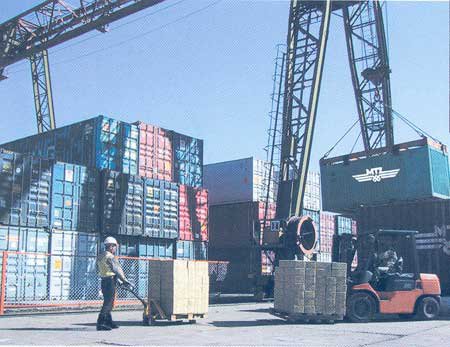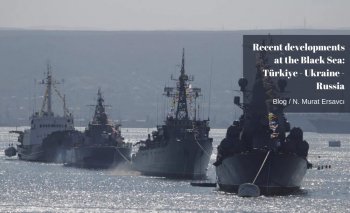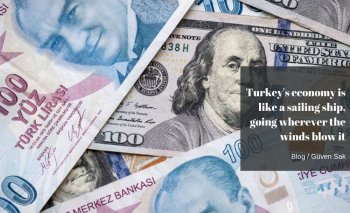Contextualizing the Southern Caucasus: Internal and External Dynamics Evaluation Note / Selim Koru

The Southern Caucasus is a relatively small region, plagued with a web of political problems. To identify and resolve these issues however, it is important to see the region’s place in global events. This paper looks at the region on three levels, each composed of three different countries, symbolized by triangles. This method contextualizes the Southern Caucasus with reference to the interests of regional and global actors. From this vantage point, the region’s frozen conflicts are not only ethnic or religious differences within the Caucasus, but rather areas of contention for outside actors.
The first is the “Outer Triangle” of global powers that have a potentially transformative effect on the three Caucasus countries. At this level, the Southern Caucasus is important for its natural resources, as well as its logistical capacity between eastern energy sources and Western markets.
The “Inner Triangle” consists of Russia, Iran and Turkey, former empires that have a strategic grip on Southern Caucasus countries. These countries use their abilities to block or facilitate the transformation of the region as leverage against each other, as well as the Outer Triangle.
The “Core Triangle” is made up of the three Southern Caucasus countries themselves: Azerbaijan, Armenia and Georgia. At this level of analysis, the paper delves into the various pressures that these three countries have to balance in their foreign and domestic policies.
- Contextualizing the Southern Caucasus Internal and External Dynamics














